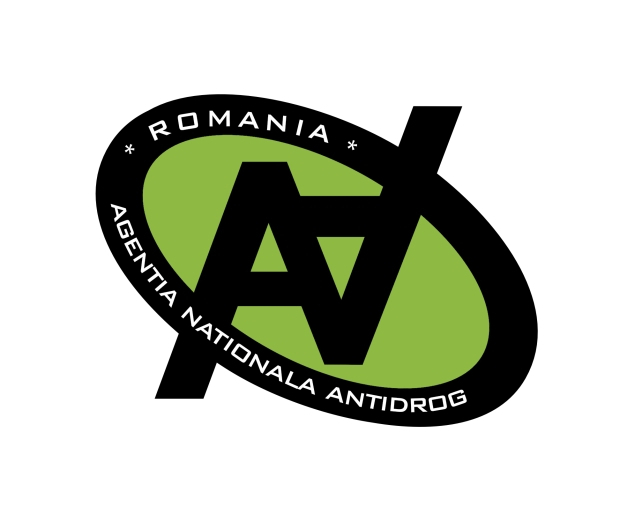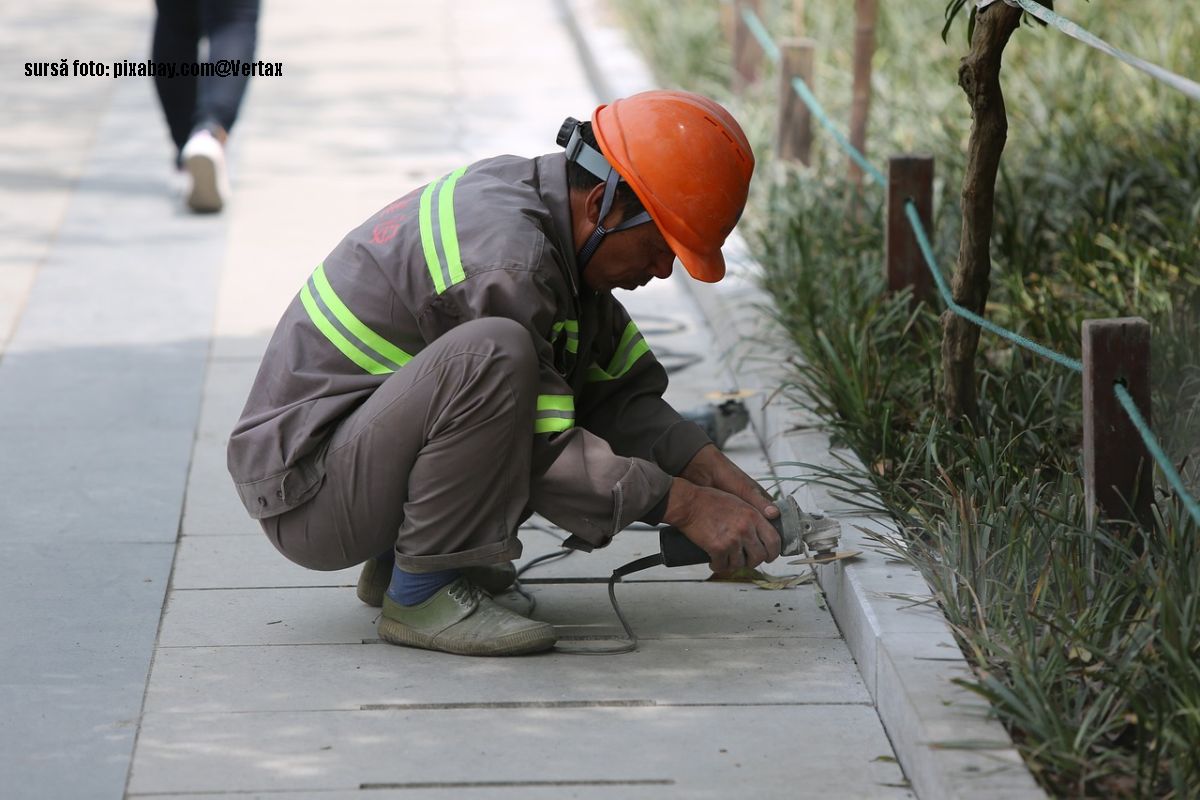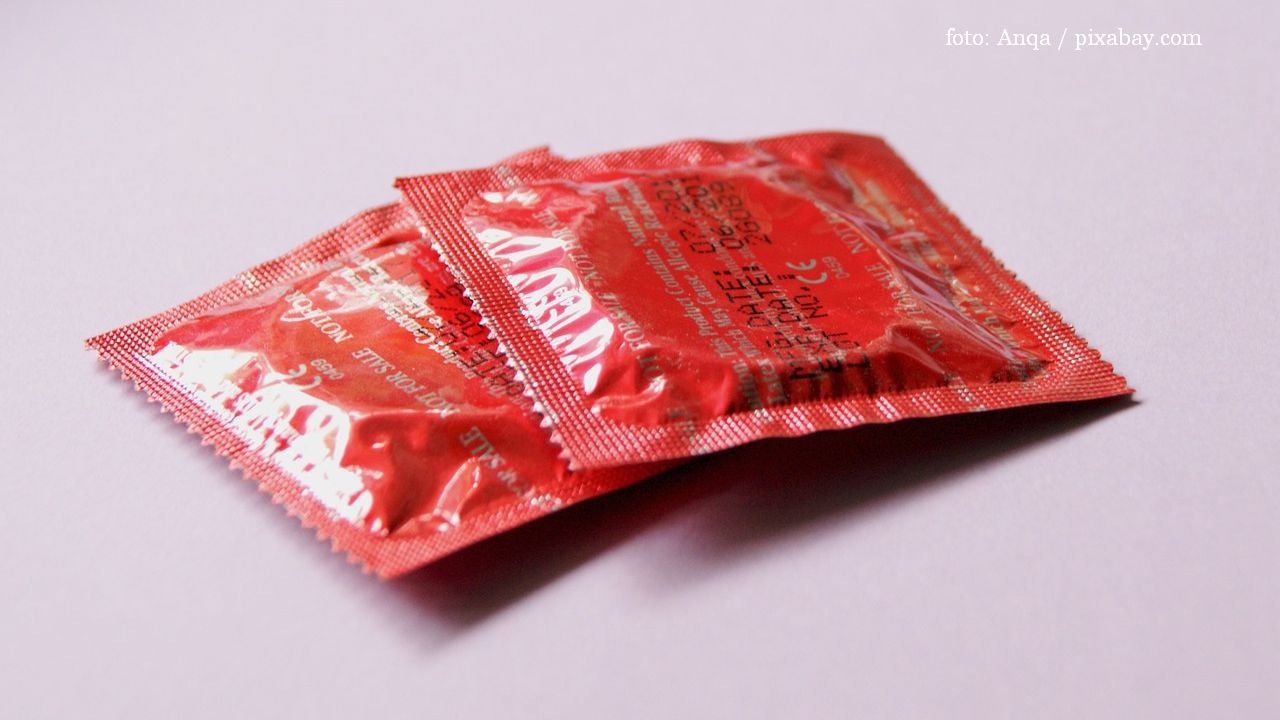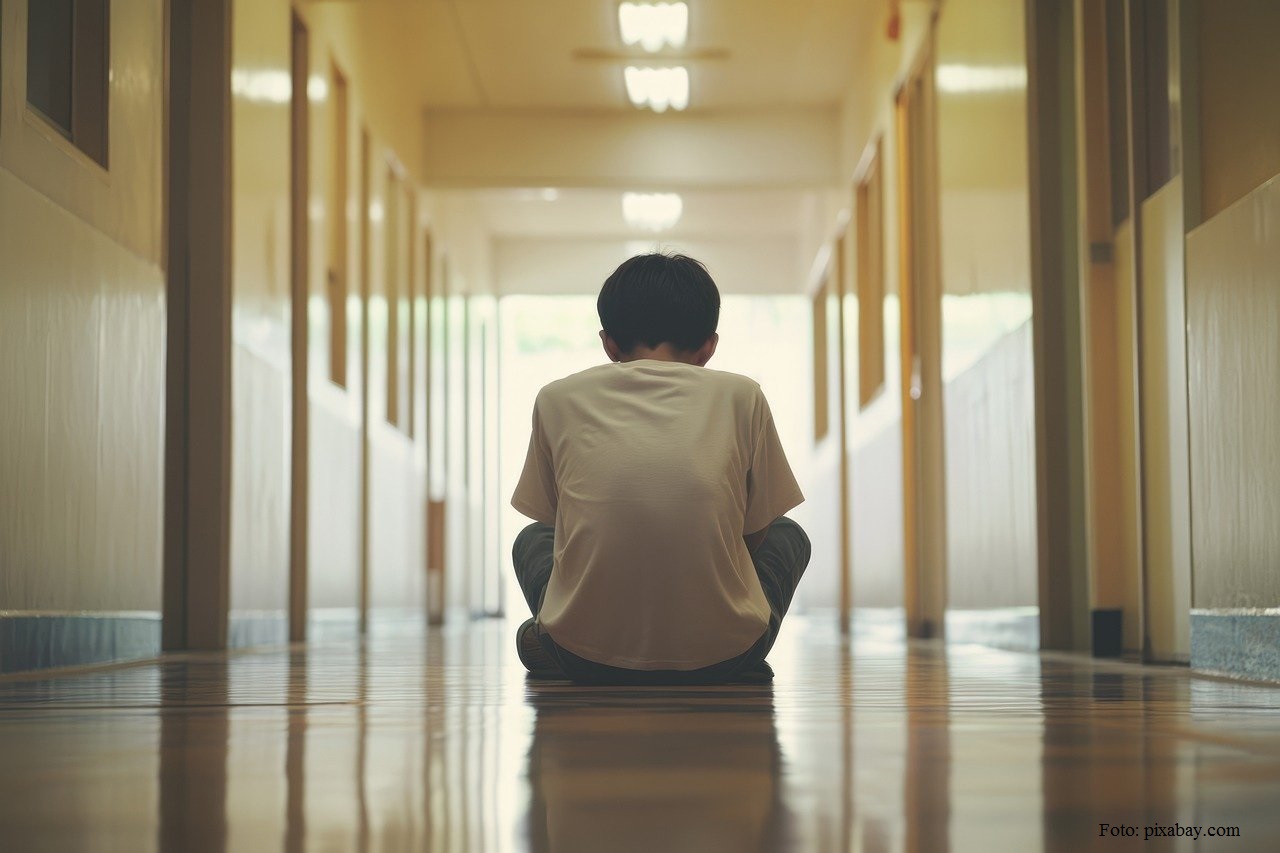Alarming Rates in Drug Consumption in High Schools
Interest in drug use begins to manifest itself in Romania at younger and younger ages

Luiza Moldovan, 31.10.2023, 18:17
Interest in drug use begins to manifest itself in Romania at younger and younger ages. In fact, at worryingly young ages, we learn from the latest annual report of the National Anti-Drug Agency (NAA), which shows that the youngest age declared by consumers was 13 years old. In fact, 10.7% of the population aged 15 to 64 have used an illicit drug at least once, while 6% have used drugs in the past year. According to the report, the most vulnerable to consumption are teenagers, and the most consumed drug in Romania is cannabis. Bucharest and Ilfov are, by far, the regions with the highest prevalence for consumption.
A really worrying factor is also the component of communicable infectious diseases from and to people who inject. We learn from the report that almost 21% of people admitted to rehab treatments are infected with HIV, almost 69% reported infections with the hepatitis C virus, and almost 8% with the hepatitis B virus. The report also notes, for example, that according to the information provided by the Matei Balș Institute of Infectious Diseases in Bucharest, more than 550 people were diagnosed with HIV/AIDS, of which 50 were people who inject drugs.
Consumers interest in recovery has also dropped dramatically: 50% of consumers sought the help of specialized institutions to get rid of this terrible addiction, that is, about 3,100 people – very little. They want to escape addiction to cannabis, opioids, and other new psychoactive substances.
Last year, according to the NAA, more than 1740 medical emergencies caused by drug use were registered – for cannabis (27.5% of cases), NPS (new psychoactive substances) (26.8% of cases) and other drugs: opiates (7%), cocaine (3.7%), stimulants other than cocaine (6.5%). The average age at which one dies in Romania due to drug use is 30 years. Regarding deaths caused by drug use, in 2022 there were 30 drug-related deaths, of which 25 were overdose deaths. In terms of good news in this troubling landscape, the number of drug-related deaths continues to decline.
The concern of the authorities (of the Ministry of Family, in this case) focuses on prevention activities, especially among children at vulnerable ages. Natalia Intotero, the Minister of Family, Youth and Equal Opportunities, believes that attracting childrens attention to more dynamic activities could be a method:
“Prevention is very important, and equally to offer children something else: camps, trips, entertainment to attract them from that area of seeking thrills. I would very much like to carry out support courses, including for employees in this field, training courses, and I believe here that through the National Employment Agency,with the support of European funds, we can carry out these courses”.
Ms. Intotero targets teenagers in high schools with the most access to drugs. The Minister of the Family announced that, together with the Cognitive-Behavioral Group Psychotherapy Association, she plans to soon implement an aggressive campaign to raise awareness of the risk of drug use in 20 cities in the country, but also in Bucharest, of course, on all communication channels. Intotero also announced the launch of an app:
“We propose an application that contains preventive measures regarding all aspects related to stopping the use of drugs and other substances harmful to health for minors, young people, and more. Also, we want this application to be a source of information from the relevant institutions, both among young people and among adults. More importantly — a source of awareness for parents and grandparents regarding the increase in consumption among young people, and ultimately what follows: deterioration of the well-being of the whole family and problems in the area of mental health.”
Anti-drug specialists in Romania carried out, last year, 20,000 activities to prevent drug consumption in schools, family and community, as well as targeted information, education, and awareness activities regarding the risks which alcohol and drugs consumers are exposed to, which benefited over 700,000 people: preschoolers, high schoolers, college students, teachers, parents, foster carers, institutionalized children, social assistance specialists, medical staff, users and former users of alcohol and drugs, and local communities, in general.






























